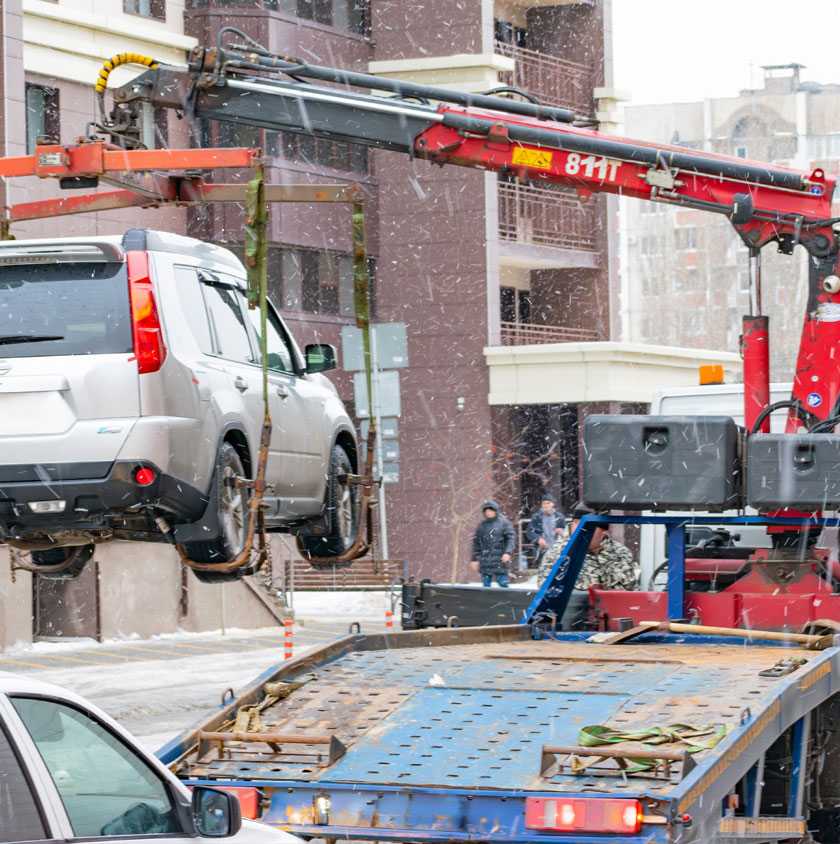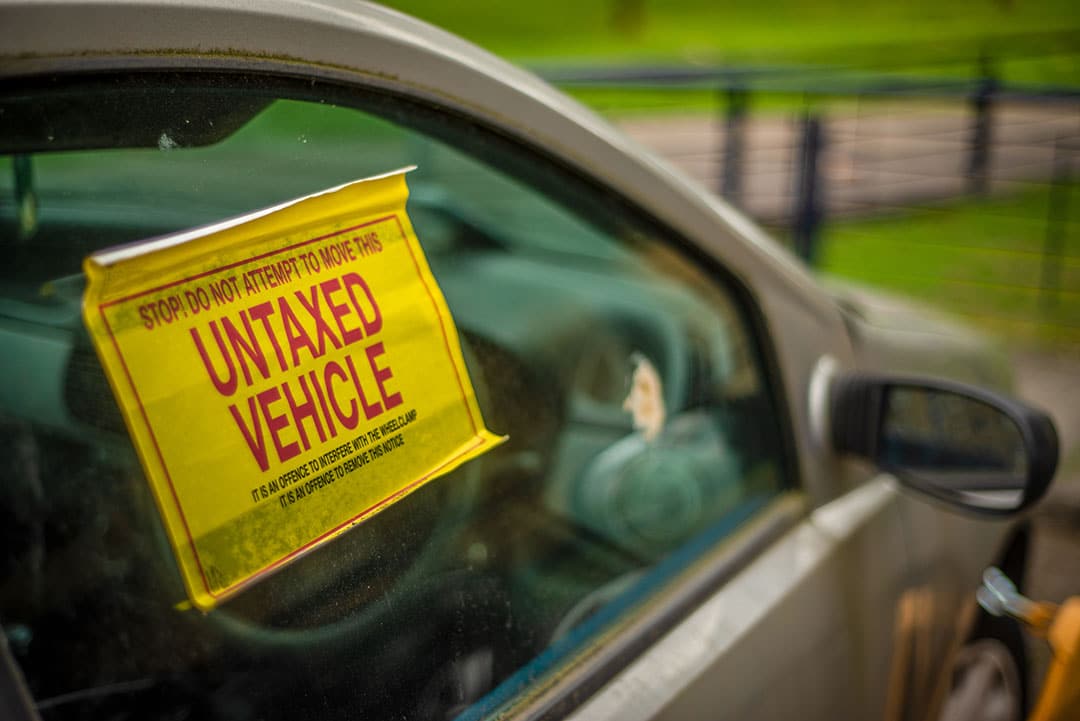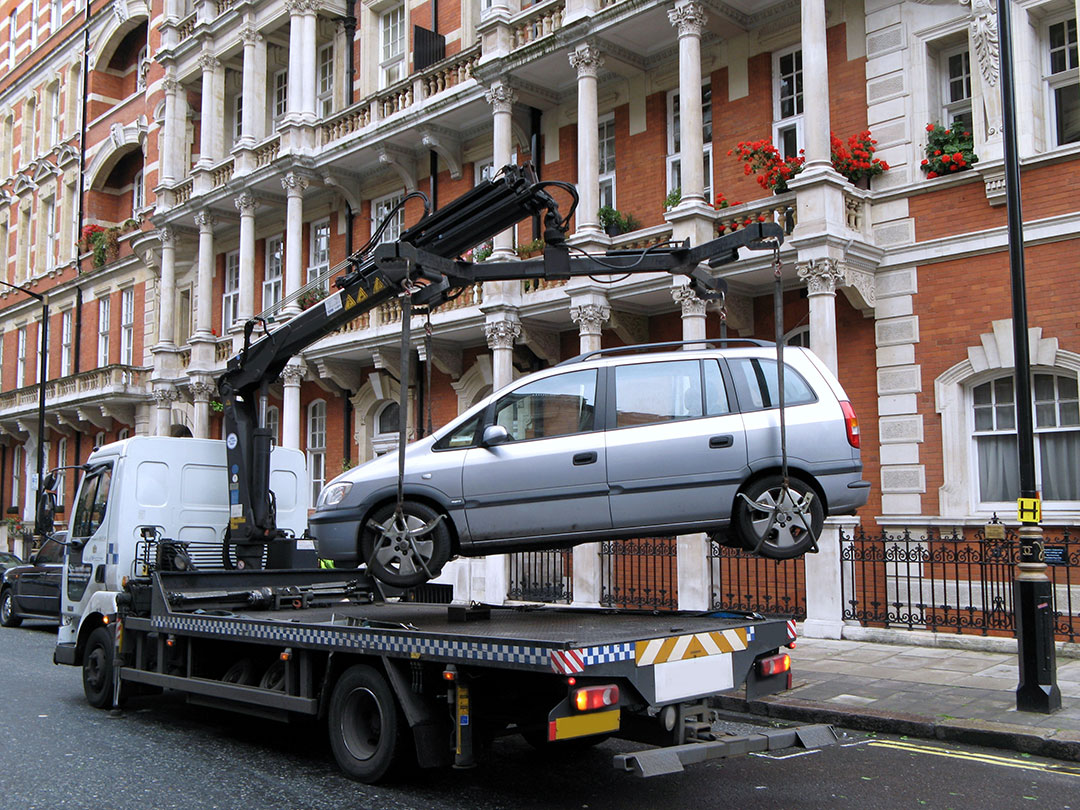
Impound Car Insurance
Compare Impounded Car Insurance Quotes
- Complete one short form
- Quickly compare quotes
- Find a great deal today

Compare insurance quotes from the UK’s leading impound insurance providers including:
Why Compare Impound Insurance Quotes At SimplyQuote.co.uk?
You should compare impound insurance to avoid buying the wrong policy—one that won’t release your car from the police pound.
Getting your car out of the police compound isn’t as simple as buying any insurance policy—and that’s where comparing impound insurance at SimplyQuote makes a real difference. We help you avoid the common trap of buying a policy that won’t actually get your vehicle released.
Many drivers don’t realise that most regular and short-term policies won’t be accepted at the pound. Police require specific insurance: a minimum 30-day policy that’s recognised on the Motor Insurance Database (MID). That’s not something a standard insurer always provides.
At SimplyQuote, we partner with GoShorty to bring you specialist impound release insurance from FCA-regulated insurers. Fill in one short form and instantly compare tailored quotes that are built for this situation—not adapted to it.
The right policy can mean the difference between collecting your vehicle today or racking up an extra £25 per day in storage charges. Skip the guesswork and get a policy that works the first time, saving you stress, time, and money.
Why Do I Need To Get A Quote?
To get a quote for impound insurance, you’ll need your vehicle details, driving licence information, and proof that you’re the registered keeper.
Most of this can be entered in minutes—no paperwork scanning required.
Here’s what you’ll typically be asked for:
- Vehicle registration and make/model – So insurers can check what type of car is being covered and confirm it meets eligibility rules.
- Your driving licence details – Insurers need to confirm you hold a full UK licence (provisional or international licences are usually not accepted).
- Registered keeper details – Most policies will only be valid if you’re the registered keeper on the V5C logbook.
- Reason for impound (if known) – Helps filter insurers who specialise in seizure situations (e.g. no tax, no insurance, illegal parking).
You won’t need to upload documents at this stage—just have the details ready. And once you’ve chosen a policy, most insurers will email your certificate immediately so you can take it to the pound and collect your vehicle without delay.
Why Do I Need Impound Insurance Cover?
You need impound insurance because most standard or temporary car insurance policies won’t meet the legal requirements for releasing a vehicle from a police pound.
Without the right cover, your car stays impounded—and daily storage fees keep rising.
Police and DVLA guidelines are strict. To get your vehicle back, you need a valid insurance policy that provides at least 30 days of continuous cover—and it must be recognised by the Motor Insurance Database (MID). Most one-day or temporary policies won’t qualify, which catches many people out.
Impound insurance is specifically designed for this situation. It provides third-party cover that meets the legal standards for vehicle release, including MID updates and proof of policy. Without it, even if you pay the fines and bring your documents, the pound won’t release the car.
This isn’t just about ticking a box—it’s about having the right type of cover, issued by a provider who understands the system. If you turn up with the wrong certificate, you may have to start over, reapply, and pay more fees while your vehicle sits waiting.

Looking for impound car insurance? Get your quote today!
Get QuotesHow Do I Get My Car Released From The Impound?
To get your car released from the impound, you’ll need to visit the pound in person, show proof of valid 30-day insurance, pay any outstanding fees, and provide the required documents.
The process is strict but straightforward if you’re prepared.
Here’s how it usually works:
- Buy valid impound insurance – Standard or short-term cover usually won’t work. You need a policy that provides a minimum of 30 days’ third-party cover and updates the Motor Insurance Database (MID).
- Collect your documents – Bring your driving licence, V5C logbook (or proof you’re the registered keeper), insurance certificate, and seizure notice or penalty letter.
- Visit the impound in person – Most pounds require you to attend yourself. In rare cases, you may be able to authorise someone else—but this usually involves extra paperwork.
- Pay the release fees – You’ll need to pay a release fee (commonly around £150) and storage fees (often £20–£25 per day) before the car is released.
Some impounds operate by appointment only, and hours can be limited—so call ahead if you’re unsure. And remember: every extra day your vehicle stays impounded adds more cost. Acting quickly, with the right paperwork and correct insurance, makes the difference between a stressful ordeal and a same-day release.
What Documents Do I Need To Release My Vehicle?
To release your vehicle from the impound, you’ll need to bring proof of insurance, ID, and evidence that you’re the registered keeper.
Without the right documents, the pound won’t release your car—regardless of whether you’ve paid the fees.
Here’s what most police pounds in the UK will ask for:
- V5C logbook – This proves you’re the registered keeper of the vehicle. If you’ve recently purchased the car, you may need a V5C/2 new keeper slip.
- Driving licence – A valid UK driving licence is required. Some impounds accept photo ID alongside a counterpart licence, but this varies.
- Valid insurance certificate – This must show at least 30 days of third-party cover and be issued by an insurer recognised on the Motor Insurance Database (MID). Many impounds will call to verify it.
- Impound notice or seizure letter – The official document from the police or DVLA explaining why your vehicle was seized and where it’s being held.
Some pounds may also ask for proof of address or additional ID if details don’t match. Always check the pound’s official website or call ahead if you’re unsure—showing up without the right paperwork could cost you another day’s storage fee.
Can I Drive My Car Home After It’s Released?
Yes—you can drive your car home if your impound insurance policy is active, valid, and registered on the Motor Insurance Database (MID).
The cover must be in place before you attempt to collect the vehicle.
Impound insurance is designed for release and recovery, so once the paperwork is accepted and the fees are paid, you’re legally allowed to drive the vehicle away from the pound. Just make sure:
- Your name matches the policy and the V5C logbook
- The policy start date and time are valid when you arrive
- The policy includes the required 30-day third-party cover
It’s worth noting that this type of policy usually only covers third-party damage. If you crash on the way home, your own vehicle likely isn’t protected.
And while it does allow you to drive the car, it’s not intended for long-term use. If you need ongoing insurance, consider switching to a full policy immediately after your vehicle is released. Some insurers offer this option as an upgrade—but not all do, so it’s worth checking before you buy.
What’s Not Included?
Impound insurance doesn’t offer full vehicle protection—and it won’t cover you for damage to your own car, extended use, or undeclared vehicle issues.
It’s built for one purpose: helping you meet the legal minimum to release your car from the pound.
Here’s what’s typically not included:
- Damage to your own vehicle – Impound insurance is usually third-party only. If you crash on the way home, repairs come out of your pocket.
- Comprehensive or theft cover – These aren’t included unless you upgrade to a separate, full policy.
- Driving outside the policy terms – If you let someone else drive, or the policyholder isn’t the registered keeper, the insurance may be void.
- Unroadworthy vehicles – If the car has no MOT or fails basic safety checks, the policy doesn’t make it legal to drive.
- Extended driving beyond the release – This is short-term cover, not a replacement for regular car insurance.
Impound insurance is a legal formality with a very specific use case. It’s not there to protect your vehicle in the long run. If you plan to keep driving after collecting your car, you’ll need to arrange separate, full cover as soon as possible.
How Much Does Impound Insurance Cost?
Impound insurance typically costs between £200 and £300 for a 30-day policy, but the exact price depends on your vehicle, licence type, driving history, and insurer.
It’s more expensive than standard short-term cover—but for good reason.
This type of insurance is high-risk from an insurer’s perspective. It’s often taken out under pressure, sometimes following a driving offence, a lapse in cover, or vehicle seizure due to tax or MOT issues. That’s why premiums are rarely low.
Your quote will usually be influenced by:
- Your age and driving experience
- Any motoring convictions or points
- Type and value of the vehicle
- Reason for the impound (e.g. no insurance vs illegal parking)
- Whether you’re the registered keeper
Insurers also charge more because these policies are harder to underwrite—they’re short-term, urgent, and often come with documentation risks. Some policies include the option to extend or convert into annual cover, but this isn’t always available.
The best way to keep costs down? Have your documents ready, act quickly, and compare multiple quotes through a platform like SimplyQuote. Every day you delay can add another £20–£25 in storage fees—so speed matters.
How Can I Save Money On Impound Insurance?
You can lower the cost of impound insurance by acting quickly, comparing multiple quotes, and avoiding errors that delay the process or invalidate your policy.
This isn’t a product to overpay for—but you can’t afford to get it wrong either.
Here’s what actually makes a difference:
- Have all your documents ready – If your quote form is accurate and complete, you’ll avoid being flagged as high-risk or having to reapply.
- Use a comparison tool – Going direct to a single insurer limits your options. Using a platform like SimplyQuote gives you a wider view of the market.
- Avoid last-minute mistakes – Buying a one-day policy or entering the wrong start date could make your policy unusable, costing you extra.
- Be upfront about convictions – Hiding points or disqualifications can increase your risk profile and may void your policy after purchase.
- Act quickly – Storage fees typically run £20–£25 per day. Every 24 hours you delay could wipe out any savings on the policy itself.
This is one of those situations where time really is money. The key is to be accurate, act fast, and make sure the policy you choose is actually accepted by the pound—because getting the wrong one means paying twice.
How To Compare Impound Car Insurance At SimplyQuote.co.uk?
At simplyquote.co.uk, you can compare impound insurance quotes in minutes using a single smart form—powered by our trusted partner, GoShorty.
You’ll see tailored quotes from FCA-regulated insurers who understand police impound requirements.
Here’s how it works:
- Fill out your details – You’ll be asked for the vehicle reg, your driving licence info, and confirmation that you’re the registered keeper.
- Select your cover type – Choose impound-specific insurance that provides at least 30 days of third-party cover and meets MID compliance.
- View quotes instantly – You’ll get a range of prices and policy summaries from UK insurers that specialise in temporary and impound-related cover.
- Buy online and receive documents – Once you select a policy, your insurance certificate is usually emailed straight away—ready to present at the pound.
The entire process is designed to save time and prevent mistakes. You won’t be matched with random policies that don’t meet DVLA or police standards. Every quote shown is built to do one thing: help you get your car back legally and without delay.
Frequently Asked Questions
Yes. Police pounds typically require at least 30 days of valid third-party insurance before releasing your vehicle. Standard or short-term policies may not qualify.
No. Most one-day or temporary policies are not accepted. You’ll need a 30-day minimum policy that appears on the Motor Insurance Database (MID).
Most policies offer 30 days of third-party cover—just enough to release the vehicle and drive it home legally. It’s not designed for long-term use.
Only for third-party damage. Impound insurance usually won’t cover repairs to your own vehicle. If you want full protection, consider switching to a standard annual policy.
In most cases, the certificate is emailed to you immediately after purchase—ready to show at the impound.
Yes. Most policies are only valid if the person taking out the cover is also the registered keeper of the vehicle.
Some insurers offer this as an upgrade after vehicle release, but not all. Always check at the point of quote if this option is available.
You won’t be able to collect your vehicle. Always confirm the policy meets MID and DVLA requirements, and ensure your certificate clearly shows 30 days of cover.
Car Insurance Guides














